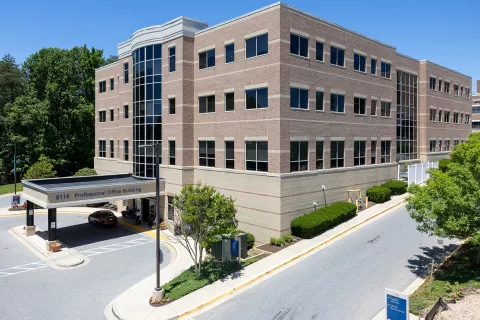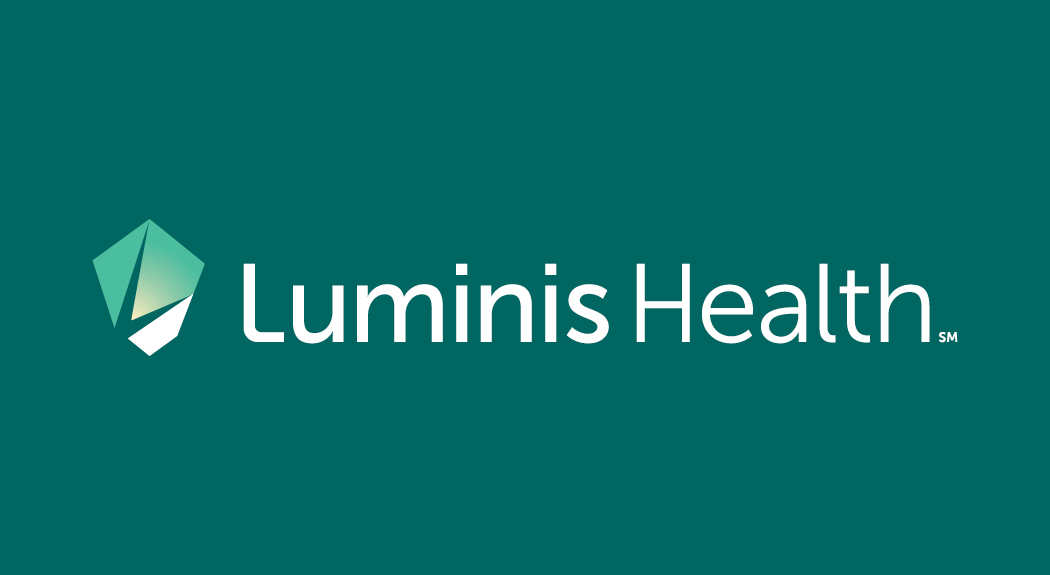Luminis Health Imaging offers a range of breast imaging services to make it easier to take good care of yourself. All with the comfort and compassionate care you need. Our seamless, one-stop approach is unique — award-winning, in fact.
What are the Tests Used in Breast Imaging?
We use four different radiology tests to understand what is going on with your breast tissue. They include
- MRI
- Ultrasound
- Mammography
- Biopsy
Our imaging team works closely with you and your doctor to determine the best test.





